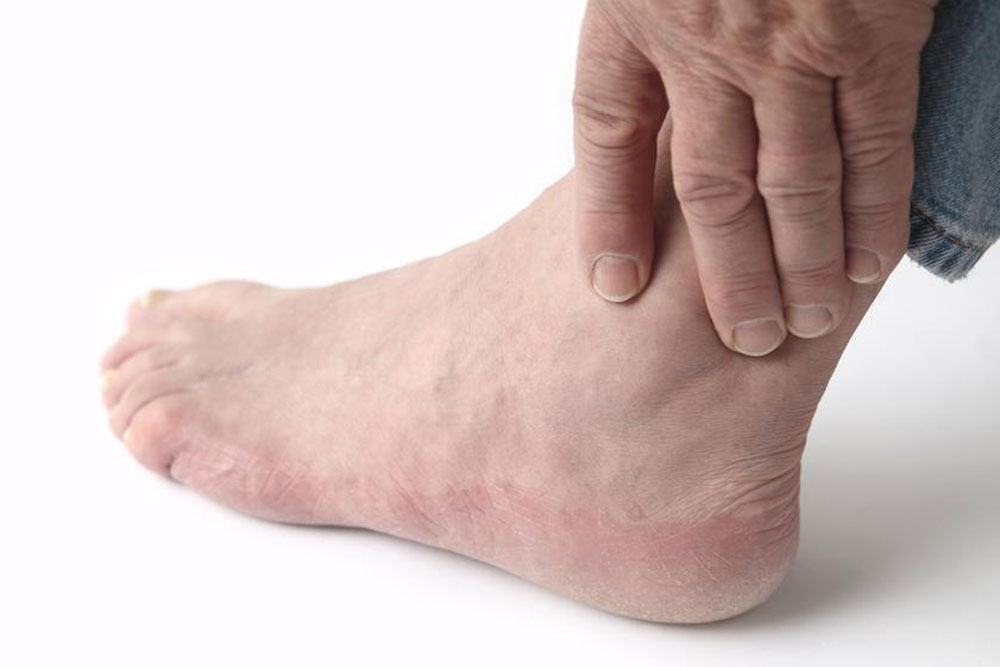Comprehensive Guide to Diagnosing and Managing Carpal Tunnel Syndrome Effectively
This comprehensive guide delves into the effective methods for diagnosing and managing Carpal Tunnel Syndrome. It covers symptoms recognition, diagnostic procedures, conservative treatments, and surgical options, providing valuable insights for patients and practitioners. Early intervention is emphasized as a key element for successful management, helping to prevent nerve damage and restore hand function. Practical tips and ergonomic advice aim to empower individuals to take preventive measures and seek timely medical attention. This article is essential reading for anyone affected by wrist pain and numbness.

In-Depth Approaches to Identifying and Treating Carpal Tunnel Syndrome
Carpal Tunnel Syndrome (CTS) is a common condition that affects many individuals worldwide, especially those engaged in repetitive hand movements or activities involving prolonged wrist strain. Despite significant advancements in healthcare and diagnostic techniques, CTS remains a prevalent issue that can significantly impair daily functioning if not identified and managed promptly. This comprehensive guide aims to shed light on the nuances of diagnosing and managing Carpal Tunnel Syndrome, helping patients and healthcare providers develop effective strategies for early intervention and symptom relief.
Understanding What Carpal Tunnel Syndrome Is
Carpal Tunnel Syndrome occurs when the median nerve, which runs from the forearm into the palm of the hand, becomes compressed or pinched within the carpal tunnel—a narrow passageway on the palm side of your wrist. This tunnel is formed by bones and ligaments, providing a protective passage for the median nerve and tendons that facilitate finger movement. When this nerve is compressed, it can lead to a variety of symptoms that affect both the hand and wrist, and sometimes radiate up the arm.
While many people experience occasional tingling or numbness after keeping their wrists in an awkward position for some time, persistent symptoms lasting days or weeks are often indicative of more serious underlying issues such as CTS. Recognizing these signs early can make a significant difference in the effectiveness of treatment options and in preventing long-term nerve damage.
Common Causes and Risk Factors for CTS
Understanding the causes and risk factors associated with Carpal Tunnel Syndrome can aid in prevention and early detection. Repetitive motions such as typing, assembling small parts, or playing musical instruments are common contributors. Additionally, factors like wrist injuries, arthritis, pregnancy-induced fluid retention, obesity, and certain medical conditions such as diabetes or thyroid disorders can increase susceptibility.
Recognizing the Symptoms of Carpal Tunnel Syndrome
Early symptoms often include tingling, numbness, and a burning sensation in the thumb, index, middle, and part of the ring fingers. Patients may report waking up at night due to discomfort or experiencing weakness in grasping objects, difficulty with fine motor tasks, or a sensation of swelling even when the wrist appears normal. Over time, symptoms can intensify, leading to reduced hand strength and decreased dexterity, which can significantly impact daily activities and productivity.
Diagnostic Methods for Accurate Detection
Accurate diagnosis of CTS involves a comprehensive clinical evaluation by a healthcare professional. The process begins with a detailed medical history and physical examination, where the doctor assesses sensation, muscle strength, and reflexes. Special tests, such as Tinel’s sign (tapping over the median nerve) and Phalen’s maneuver (flexing the wrist for a minute), can elicit tingling or numbness, indicating nerve compression.
In some cases, additional diagnostic tests are necessary, including nerve conduction studies (NCS) and electromyography (EMG). These tests measure the speed of electrical signals in the median nerve and evaluate nerve and muscle function, providing definitive evidence of nerve compression and helping exclude other conditions.
Effective Treatment Strategies
Managing Carpal Tunnel Syndrome requires a tailored approach based on the severity of symptoms and underlying causes. Early interventions can often resolve or significantly reduce symptoms, preventing progression to more severe nerve damage. Common treatment options include:
Rest and Activity Modification: Taking regular breaks from repetitive tasks and avoiding activities that exacerbate symptoms can help reduce nerve compression. Ergonomic adjustments to workstations—such as wrist supports or adjustable desks—are highly beneficial.
Wrist Splints: Wearing a wrist splint, especially at night, keeps the wrist in a neutral position, reducing pressure on the median nerve and alleviating symptoms. Modern splints are comfortable and adjustable, making them suitable for long-term wear.
Anti-Inflammatory Medications: Nonsteroidal anti-inflammatory drugs (NSAIDs) like ibuprofen may be recommended to decrease inflammation and relieve pain, but always under the supervision of a healthcare professional.
Hand and Wrist Exercises: Gentle stretching and strengthening exercises can improve flexibility, reduce tension, and enhance circulation. These exercises can be performed easily at home or during short breaks at work, and significantly help in maintaining nerve health.
Elevation and Ice Therapy: Elevating the wrist and hand can minimize swelling, especially after overuse. Applying ice packs also reduces inflammation and eases discomfort.
Physical Therapy and Ergonomic Training: Professional physical therapy can include specialized techniques to relieve nerve compression, improve wrist mobility, and strengthen surrounding muscles. Ergonomic training helps individuals adopt proper posture and wrist positions, reducing strain during daily activities.
When to Consider Surgical Intervention
In cases where conservative management fails to alleviate symptoms or if nerve damage is evident, surgical treatment becomes necessary. The most common procedure is carpal tunnel release surgery, which involves cutting the transverse carpal ligament to enlarge the tunnel and relieve pressure on the median nerve. Advances in minimally invasive techniques have led to quicker recovery times and fewer complications.
Long-term Management and Prevention
Preventive measures are crucial for individuals at risk or those with early symptoms. Maintaining a healthy weight, managing medical conditions, practicing proper ergonomic techniques, and taking regular breaks during repetitive tasks can help prevent recurrence. Continuous monitoring and early intervention are the key to managing chronic cases effectively.
In conclusion, understanding the causes, symptoms, diagnosis, and treatment options for Carpal Tunnel Syndrome empowers individuals and healthcare providers to take proactive steps. Early diagnosis coupled with appropriate intervention can significantly improve quality of life, restore hand function, and prevent permanent nerve damage.





